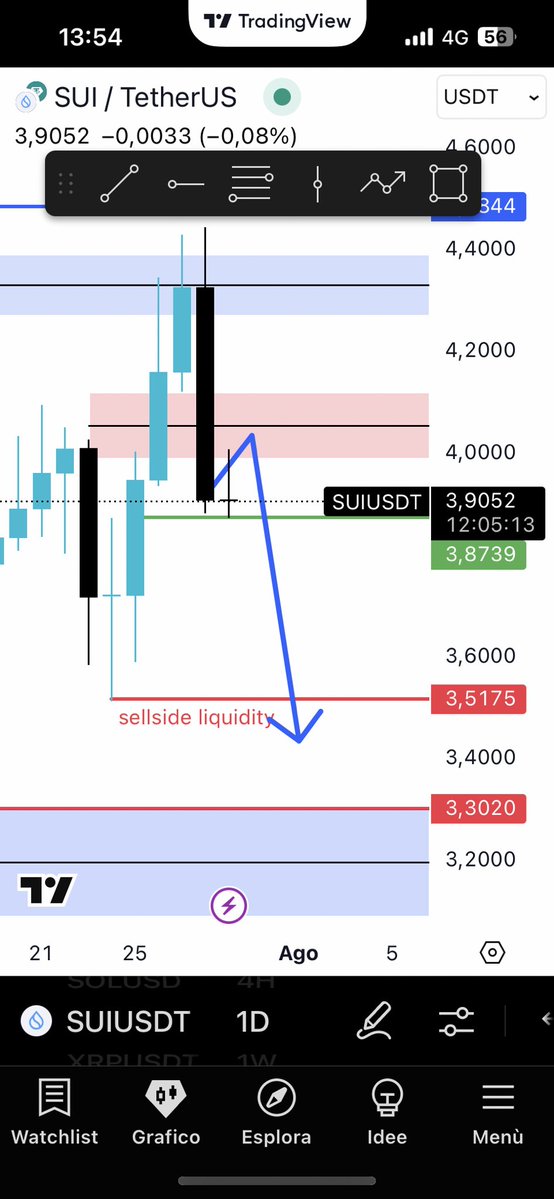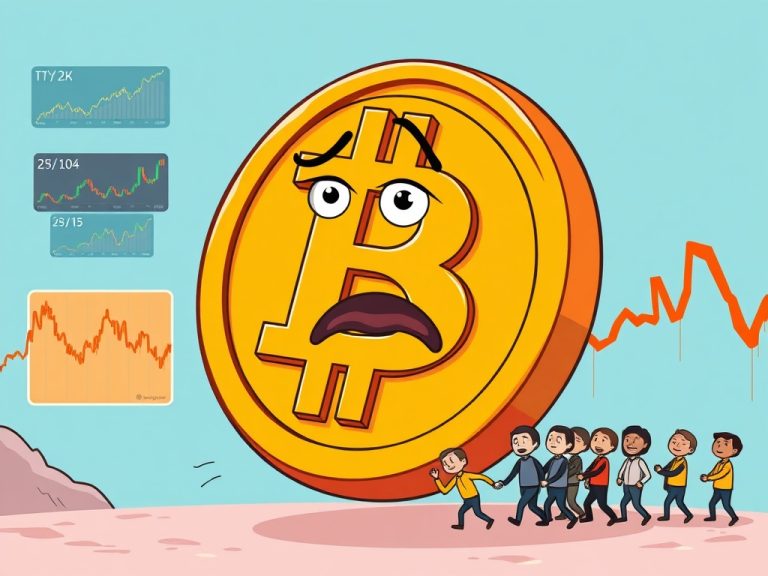
Riding the Crypto Coaster: A Snapshot of the Market
The cryptocurrency market is a whirlwind of speculation, innovation, and, let’s face it, a healthy dose of meme magic. From dog-themed coins to serious discussions on regulatory frameworks, the past few days have been a rollercoaster for crypto enthusiasts. Let’s dive into some key trends and analyses emerging in early July 2025.
The Doge Days of Summer (Maybe?)
Dogecoin, the original meme coin, is once again in the spotlight. Coinbase’s introduction of cbDOGE (presumably a wrapped or institutional version of Dogecoin) is sparking conversations about a potential price rebound [1]. While the long-term utility of Dogecoin remains a point of debate, its cultural significance and strong community continue to influence its market performance. The cbDOGE launch suggests a move towards greater institutional acceptance, which could inject fresh capital and stability into the Dogecoin ecosystem. Whether it can truly drive a lasting rebound remains to be seen, as meme-driven rallies are notoriously volatile.
Meme Coin Mania: TrumpCoin vs. MuskCoin
The meme coin phenomenon extends beyond Dogecoin, with coins themed around prominent figures like Donald Trump and Elon Musk vying for attention [2]. The comparative analysis of TrumpCoin and MuskCoin highlights the speculative nature of this market segment. These coins often derive their value from community sentiment and social media hype rather than fundamental technology or real-world applications. Investing in these coins carries significant risk, as their prices can be highly susceptible to sudden pumps and dumps. The future of these coins hinges on sustained community engagement and the continued relevance of their namesake figures. It’s a high-stakes game of digital popularity.
Fundamentals Still Matter (Sometimes)
Despite the meme coin frenzy, fundamental analysis remains a crucial tool for navigating the cryptocurrency market [3]. Analyzing factors such as network activity, development progress, and real-world adoption can provide valuable insights into a coin’s long-term potential. However, fundamental analysis in crypto is inherently more complex than in traditional finance due to the nascent nature of the industry and the difficulty in accurately assessing the value of decentralized projects. Combining fundamental analysis with technical analysis and an understanding of market sentiment can help traders make more informed decisions.
Leverage: A Double-Edged Sword
The allure of high profits through leveraged trading continues to draw in traders. One post highlights a hypothetical scenario where a 10x leveraged long position on a specific coin resulted in a massive 2000% profit [4]. While such gains are possible, it’s crucial to remember that leverage amplifies both profits *and* losses. Trading with high leverage is extremely risky and can lead to rapid account liquidation. Especially for newcomers, it’s generally recommended to approach leverage with extreme caution and a thorough understanding of the risks involved. Remember, what goes up can come down – and with leverage, it can come down *fast*.
Macroeconomic Winds: M2 and Bitcoin
The relationship between macroeconomic factors and cryptocurrency prices is a subject of ongoing debate. One analyst suggests that a rising M2 money supply will drive Bitcoin prices higher, potentially reaching $150,000 by the end of the year [5]. This argument is based on the premise that increased money supply leads to inflation, making Bitcoin an attractive store of value. While historical data may support this correlation, the cryptocurrency market is influenced by a multitude of factors, and predictions should be taken with a grain of salt. Keep an eye on macroeconomic trends, but don’t rely on them as the sole basis for your investment decisions.
Market Sentiment and Economic Data
Overall, the crypto market appears to be experiencing some downward pressure as traders anticipate upcoming US economic data [10]. This illustrates how traditional economic indicators can influence the cryptocurrency market, demonstrating a growing interconnectedness between the two. The question on many traders’ minds is whether this dip represents a buying opportunity or a warning sign. There’s no single answer; individual investors need to perform their own research, consider their risk tolerance, and develop a strategy that aligns with their financial goals.
Regulations on the Horizon
Regulatory developments continue to be a key driver of market sentiment. Recent news includes the Arizona Governor vetoing a “Bitcoin Reserve” bill and potential movement from the US SEC on cryptocurrency ETF listing standards [8]. Regulatory clarity (or the lack thereof) can significantly impact the adoption and price of cryptocurrencies. Staying informed about regulatory developments is crucial for understanding the long-term outlook of the market. It’s also important to recognize that regulatory frameworks are constantly evolving, requiring investors to remain adaptable and informed.
Stocks and Crypto: A Shifting Landscape
Data indicates that US investors are selling stocks at the fastest pace in 10 weeks, raising the question of whether this presents an opportunity for Bitcoin [9]. This potential shift in investment flows suggests a growing interest in alternative assets like Bitcoin. However, it’s important to remember that the relationship between stocks and crypto is complex and influenced by various factors, including risk appetite, macroeconomic conditions, and technological innovation.
Visualizing the Volatility
The ubiquitous image of live BTC charts, with their red and green candlesticks, perfectly encapsulates the volatile nature of the cryptocurrency market [11]. These charts provide real-time data on price fluctuations, trading volume, and other key indicators, offering traders a snapshot of market dynamics. However, relying solely on charts without understanding the underlying fundamentals and market context can be misleading.
The Road Ahead: Navigating Uncertainty
The cryptocurrency market remains a dynamic and unpredictable space. From meme coin mania to macroeconomic influences, a multitude of factors shape its trajectory. Success in this market requires a combination of analytical skills, risk management, and a healthy dose of skepticism. While the potential for high returns is undeniable, so are the risks. As the market matures and regulatory frameworks evolve, informed investors who can navigate the uncertainty will be best positioned to succeed. Ultimately, the future of cryptocurrency hinges on its ability to deliver real-world value and achieve widespread adoption.
Sources:







